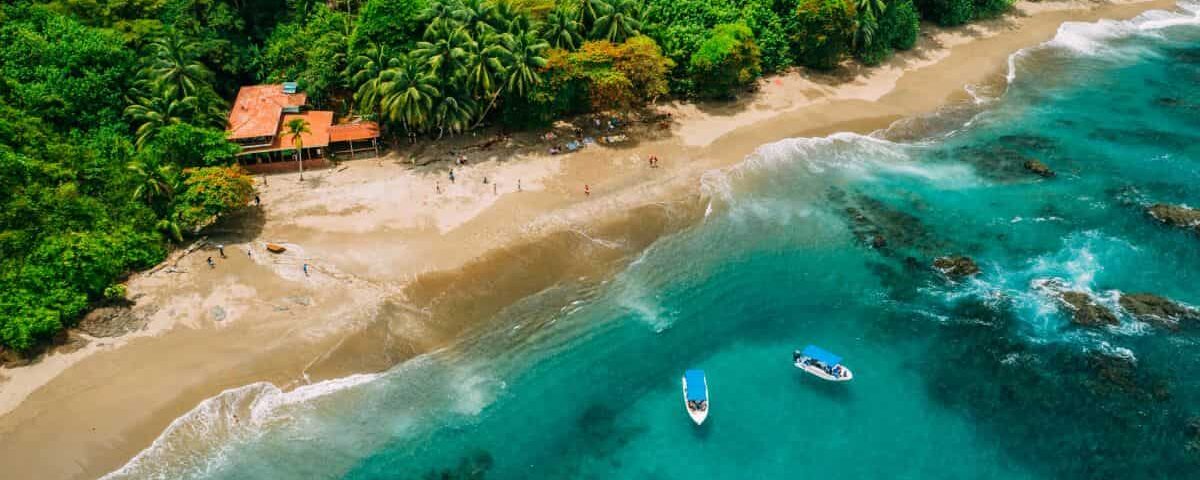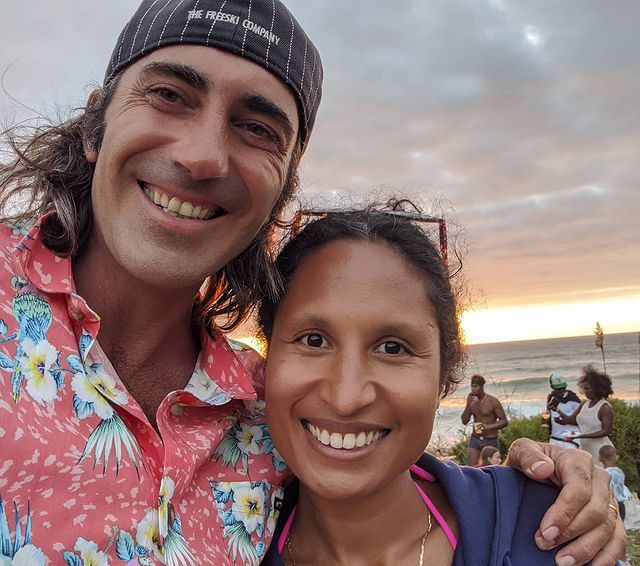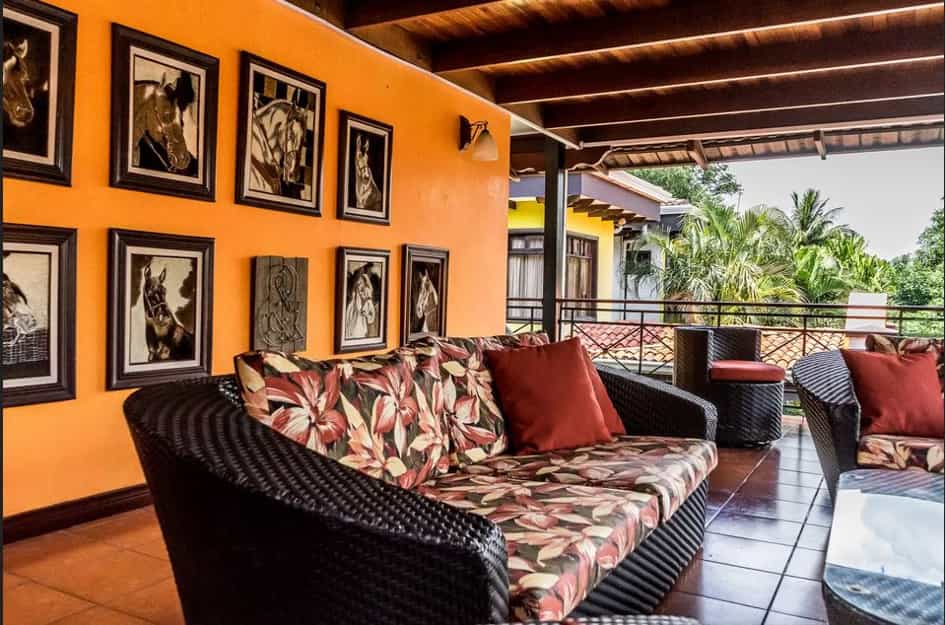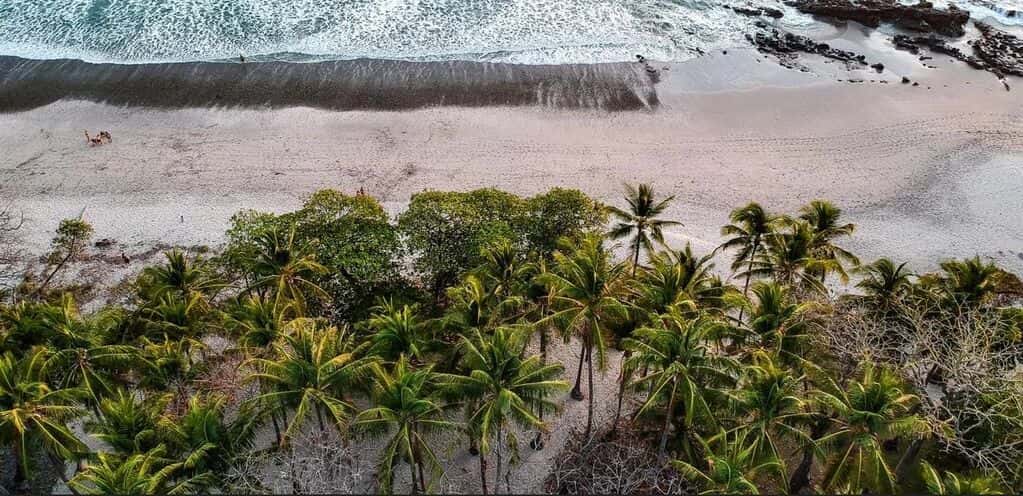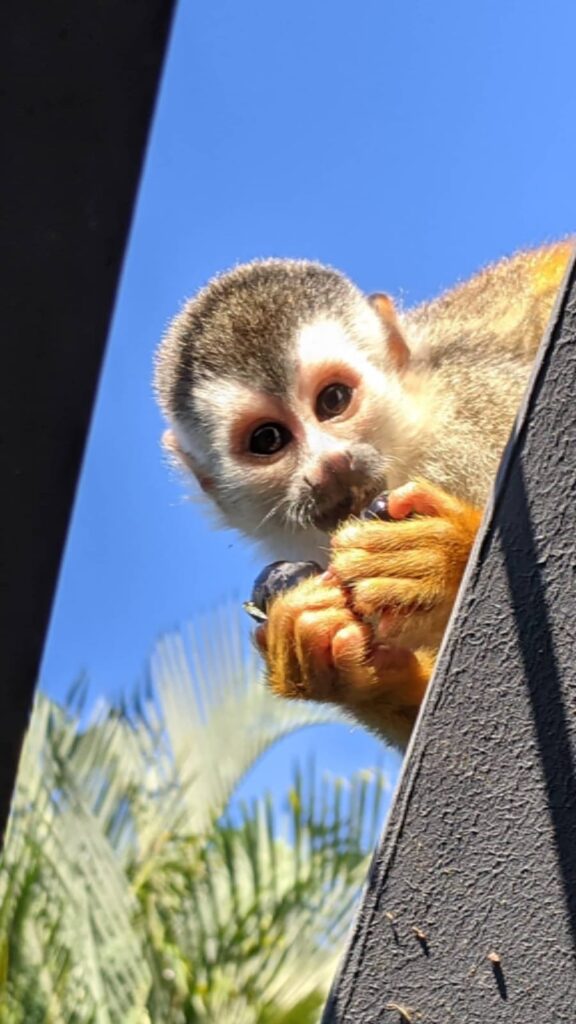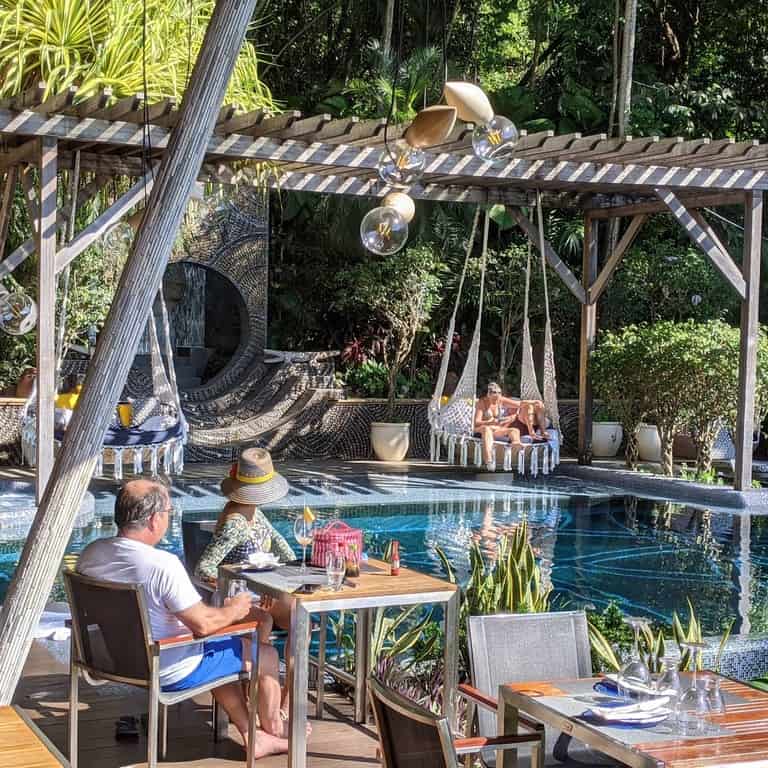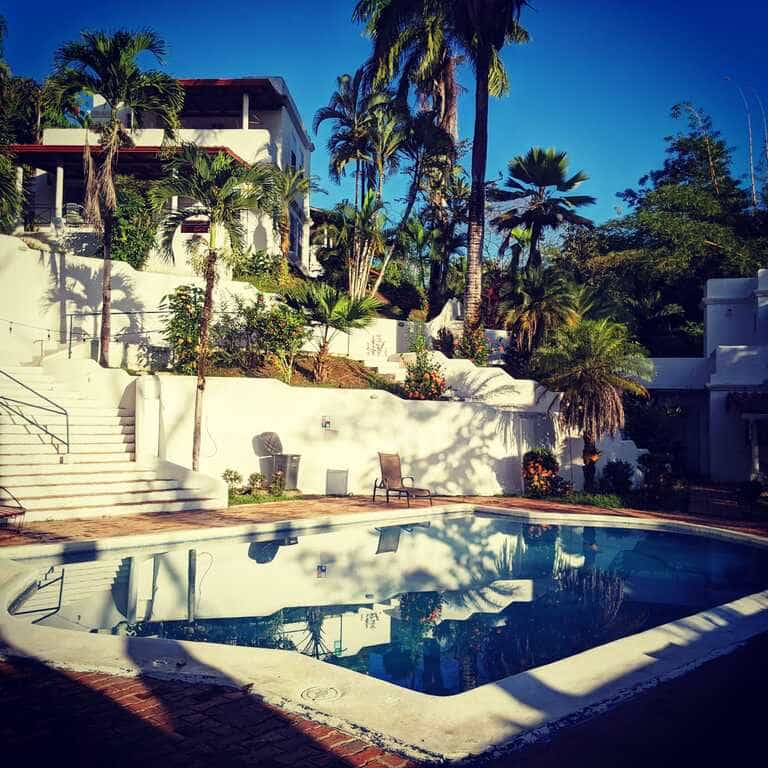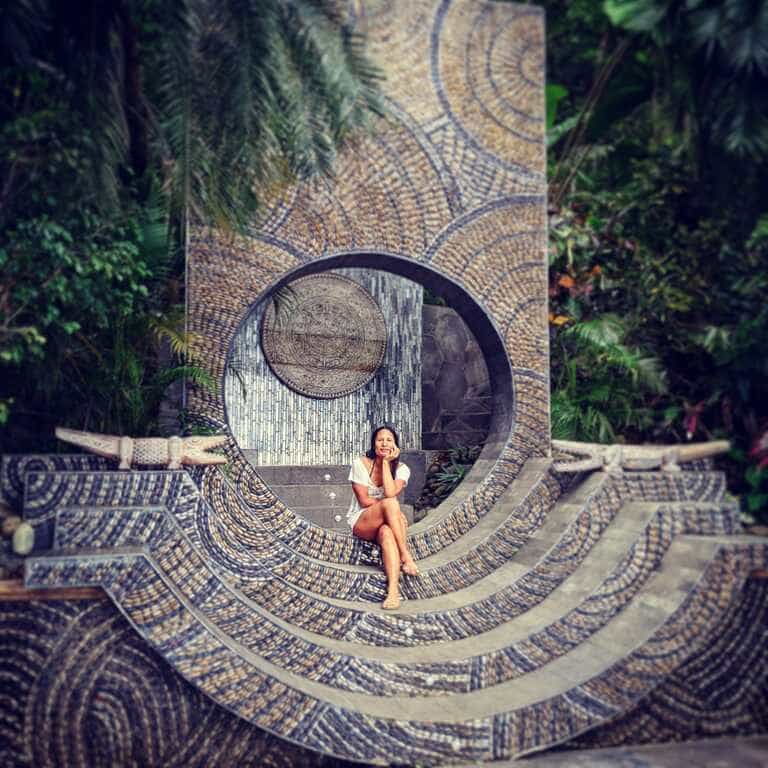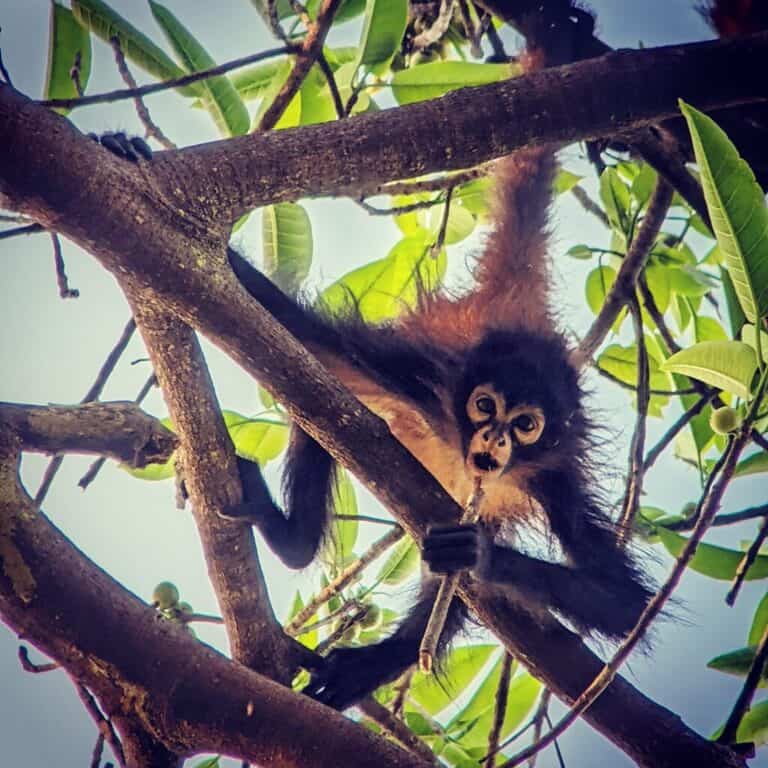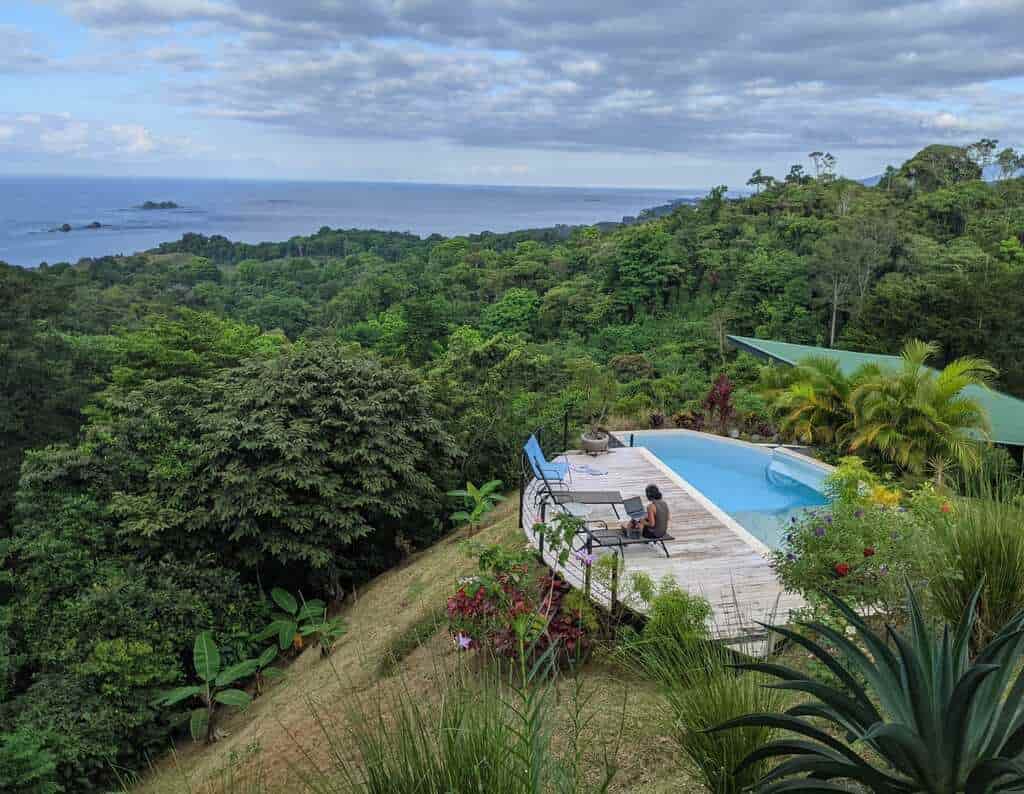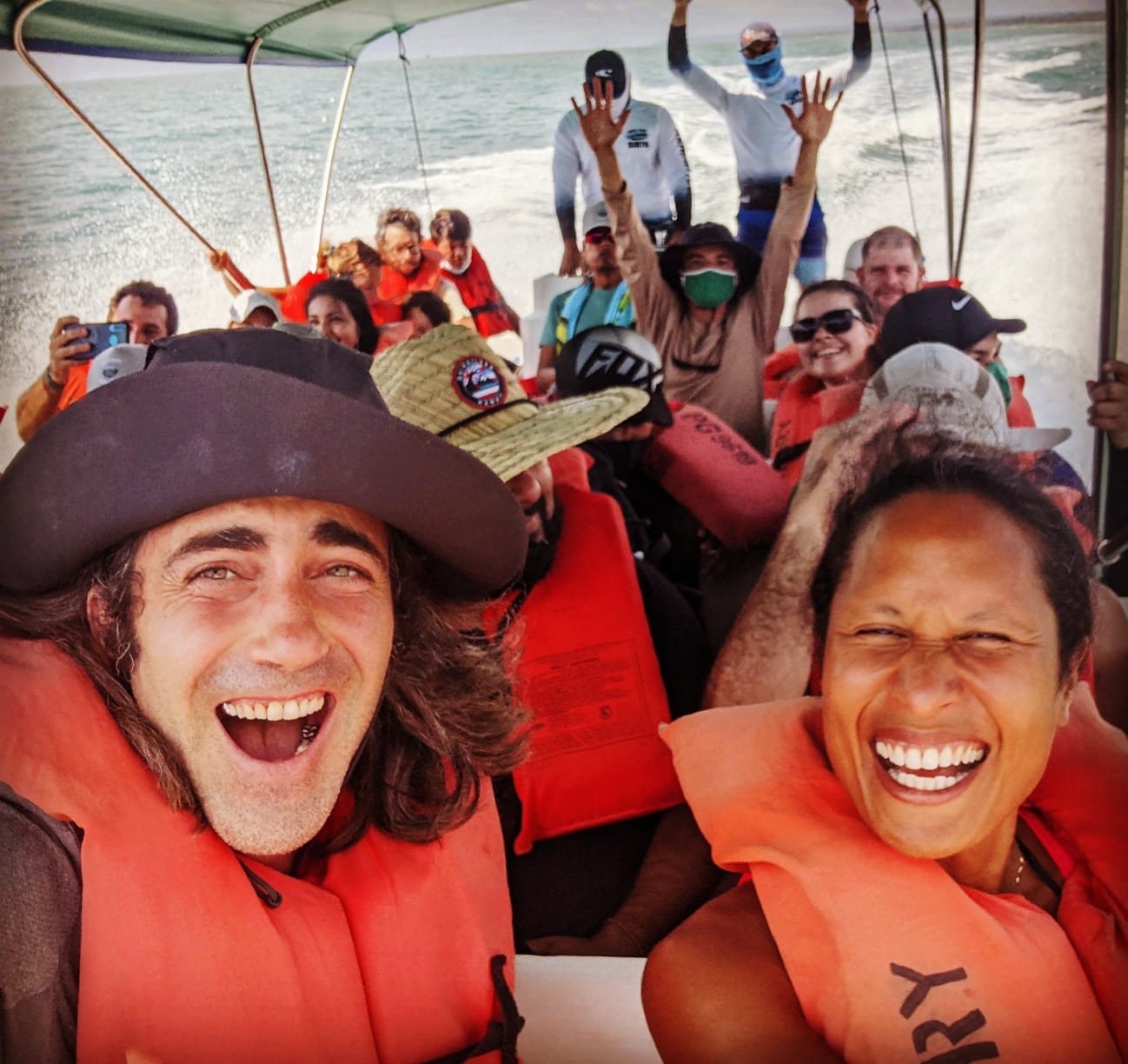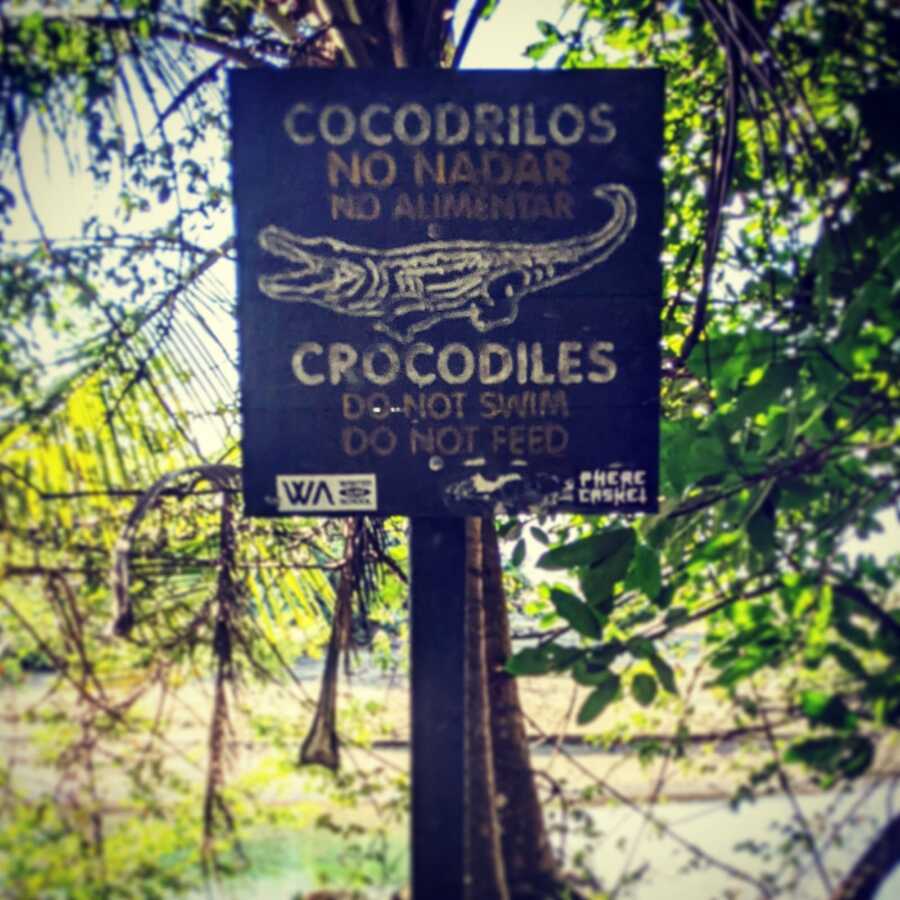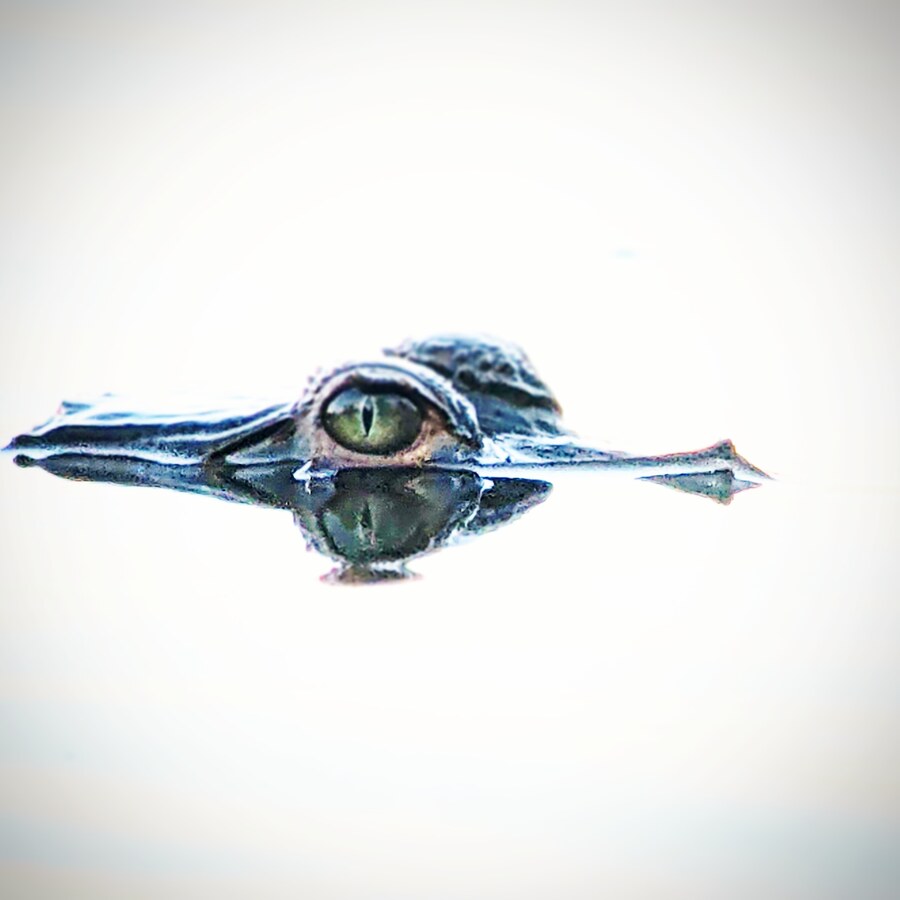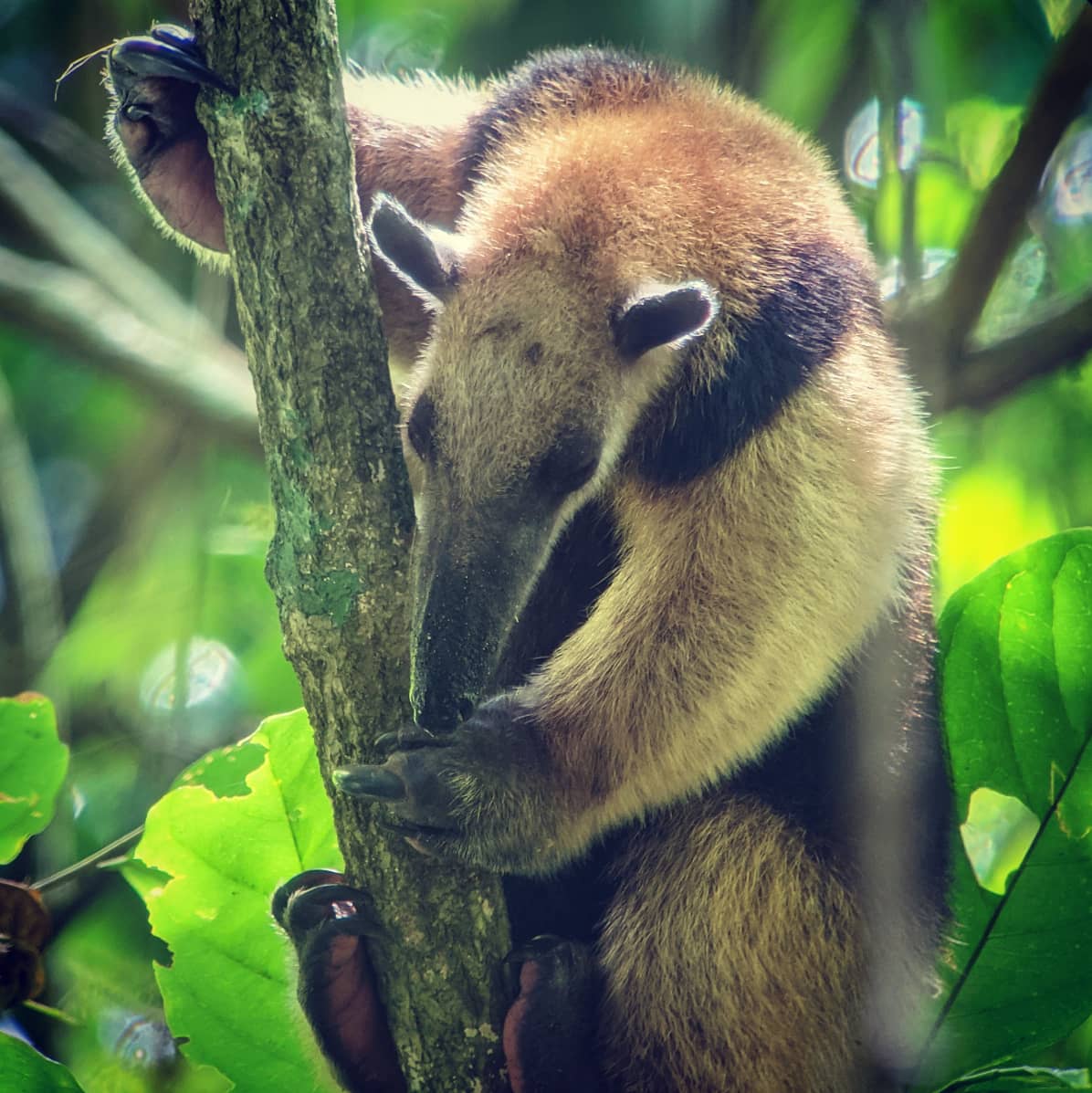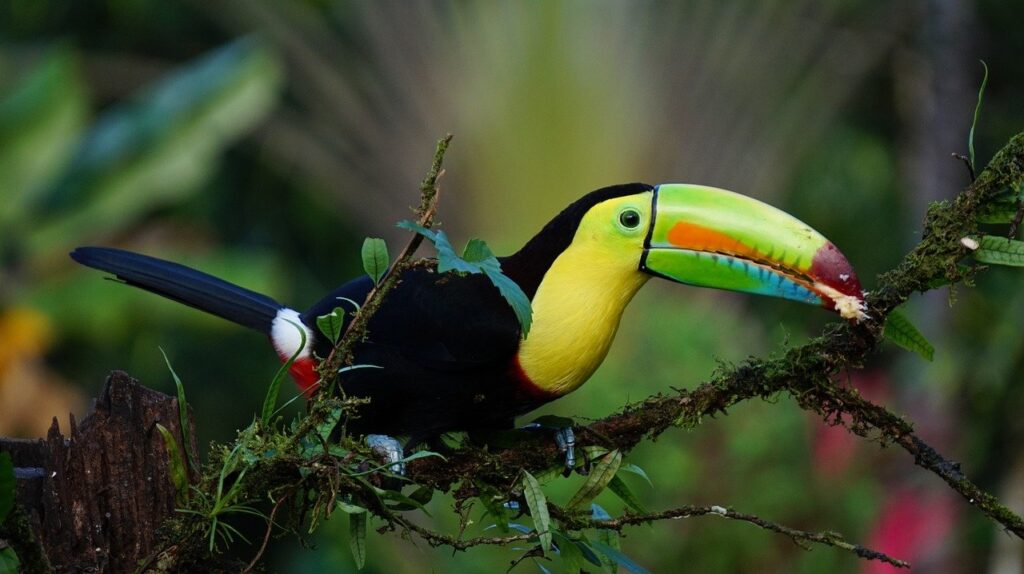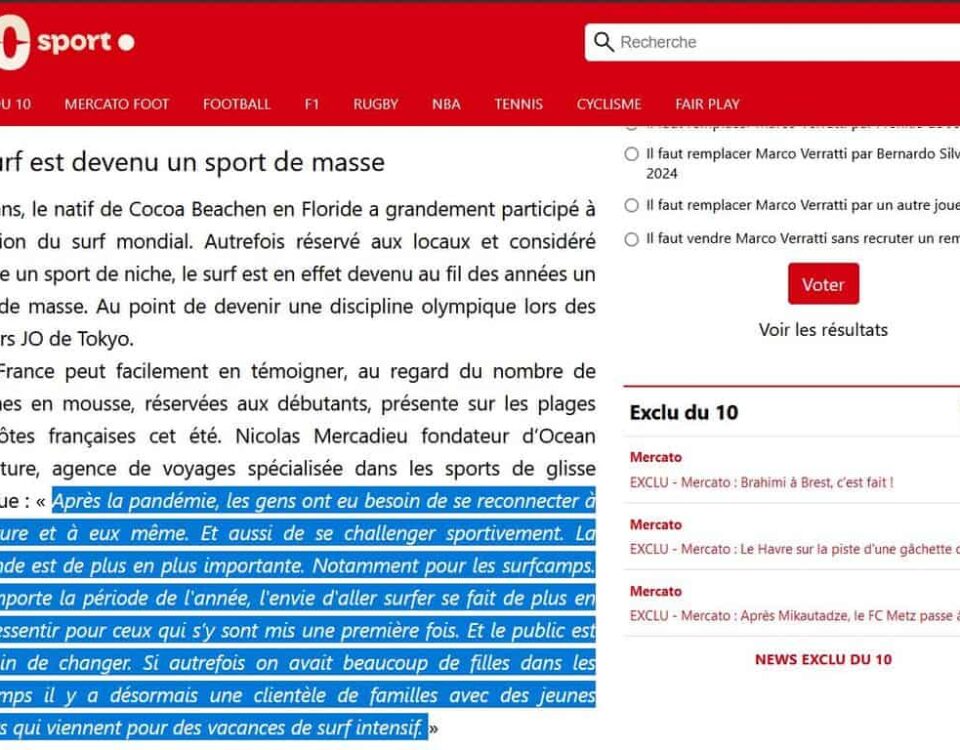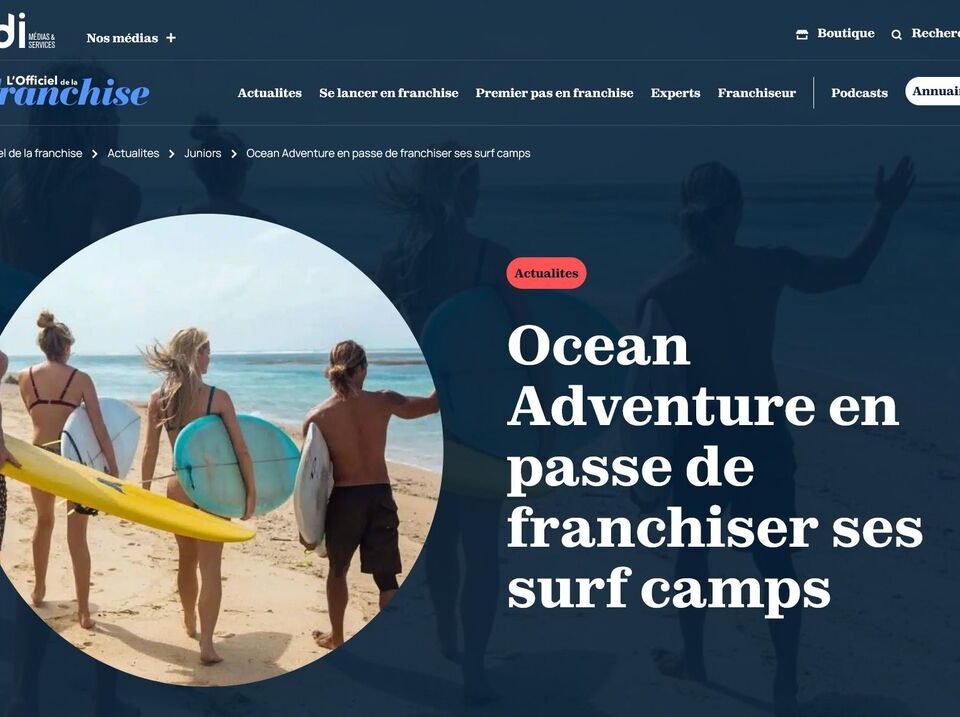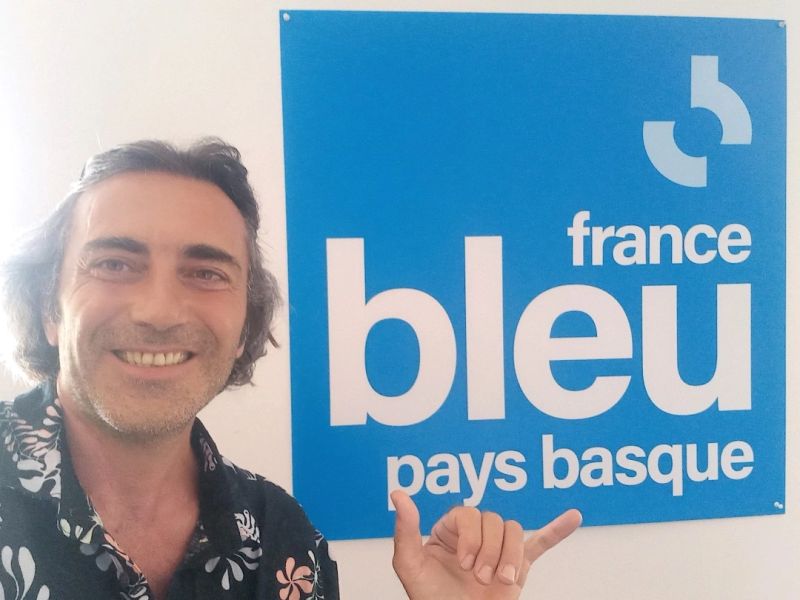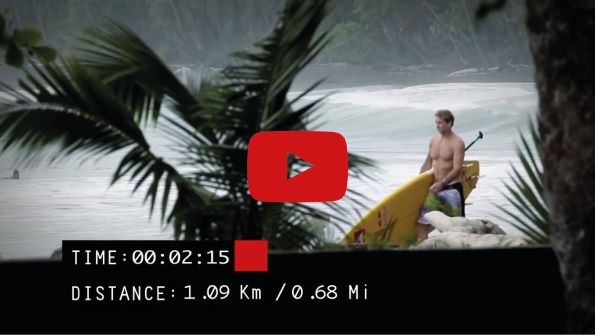
The Best Waves in Costa Rica : n°1 Pavones

What is the best season for surfing in Costa Rica?
Repeated confinements and the fear of border closures make for a difficult environment in which to travel. How do you go about setting off on an adventure in the tropics?
You certainly need to be a bit of an adventurer and believe in what Emile Zola said: ‘Nothing develops intelligence like travel! ‘. So let’s set off along the path laid out by that dear Emile!
During my graduate studies, I chose to specialise in Franco-Latin American management, which is why I’ve been dreaming for so long of discovering the exuberant nature of Costa Rica.
This trip as a couple, with my wife, will have 3 objectives:
– Honeymoon, as we are newlyweds
– Recruitment of surfcamps
– Discovering the animals of Costa Rica
How do you choose the best tour? After a call to our partner, Morgan Toubois, who specialises in tours of Costa Rica, we abandoned our plan to visit the Caribbean coast in favour of a holiday exclusively on the Pacific coast, between our surfcamps at Santa Teresa and Pavones, one of the most beautiful waves in the world.
Contenus de la page
Last-minute departures: COVID Free Destination
Initially, we’re planning to go to the Canaries, as it’s my favourite destination for my favourite sport, bodyboarding. A sport I’ve been practising for over 20 years and which earned me sponsorship in my early days. Powerful waves, an ideal location for scuba diving, a tropical atmosphere…. It’s the kind of climate I love in winter!
However, health constraints such as a PCR test, plus the tracking application, put us off a little, but it was the price of the plane ticket, which had tripled in just a few weeks, that led us to look elsewhere… Elsewhere and much further afield, as we were planning a 2 or 3 month roadtrip between New Mexico and Panama.
Plane tickets to Costa Rica cost less than €500 and there are no health restrictions for tourists.
It didn’t take much more than that to validate the destination.
2 weeks by car on the Pacific coast
A real holiday is often one with your feet in the water, just a few metres from where you live. In our case, we decided to visit and discover the country. We would have loved to spend a few days with a tribe, the Bribri, follow the trails of Tortuguero, dive in the hot springs of Arenal… but choosing also means giving up and we decided to hire a 4×4 in San José and go directly to Guanacaste, Santa Teresa without booking our accommodation in advance. This will leave us plenty of room for improvisation, which we really like.
On the programme: surfing, whales and animals from the national parks!
On the advice of Morgan Toubois from Autenteo, we’ve booked the best part of the trip, two nights between Puerto Jimenez and the Botanical Station in Corcovado National Park, to make sure it happens. We’ll be booking accommodation as our stay progresses and as we feel like it.
Day 1: San José
Days 2 to 5: Santa Teresa
Day 6: Manuel Antonio
Days 7 and 8: Uvita
Days 9 to 11: Pavones
Day 12: Puerto Jimenez
Day 13: Corcovado Botanical Station
Day 14 – 15: Uvita
Day 1 – San José, sleeping in safety
The capital of Costa Rica, this city is home to a number of places of interest, but given the tight schedule of our stay, we’re not going to dwell on it. After a sleepless night, we landed at around 10pm local time (7am in France), met up with the car hire company and set off 10 minutes away for the Hotel Rodeo.
As we left the car park, I couldn’t help noticing from the friendly smile on the car park attendant’s face that he was wearing a pistol on his belt. I was only half surprised.
Costa Rica doesn’t have an army, but the security situation calls for caution.
Despite the late hour, we found a caretaker at the hotel who opened the doors to a well-deserved sleep. The night was peaceful and it was the chirping of birds that woke us up in the early hours. The tone was set, we were going to hear nature sing during this trip.
Santa Teresa and Montezuma: start-ups and hippies
Santa Teresa is the first stop on the roadtrip, a flagship surfing destination in Costa Rica, known for being a long way from the tourist hotspots of Tamarindo and Jaco. Getting there isn’t so easy, though, as these villages are located at the end of the Nicoya peninsula in the Guanacaste region, and we need a total of almost 5 hours of driving to get there, which breaks down as follows:
- 1h30 from San Jose to Puntarena
- 2 hours by ferryboat
- 1h30 drive to sta teresa
The roads are in superb condition, with the last few kilometres featuring dirt roads and gradients of over 20°. Santa Teresa is made up of a main street and narrow lanes. Numerous surf shops and restaurants recall the atmosphere of Bali, a tourist village entirely focused on the surf industry. My partner, who came here 15 years ago, doesn’t recognise the place.
The topography is simple, with kilometres of dreamy beach forming the backdrop to a 100m strip of jungle separating them from the main road and running parallel to the beaches.
Don’t be surprised to find imposing iguanas in this area. They are the masters of the place!
Perpendicular lanes lead up to steep cliffs where luxury villas nestle like birds’ nests in the forest.
The accommodation we chose to start our trip was a surfcamp with around twenty rooms and a swimming pool. When we arrived, an Argentinian lady with a very pronounced accent greeted us with a warm welcome. As soon as we had the keys, we headed for the beach to check out the condition of the water, as we had just arrived.
A friend who’s been staying there for 3 months tells me that the waves are really good.
I hadn’t even got my bodyboard on, as the waves were rather gentle and it wasn’t the season, so I was hoping for some big tubes… total disappointment! There’s 1m50+ but the waves are soft because there are no well-formed sandbanks, so it’s an opportunity to do a bit of surfing.
The Sta Teresa area, which includes playa Carmen and playa hermosa, covers almost 5 kilometres of beaches but almost 30 minutes away by car, we find the Montezuma / Cabo Blanco area which are exceptional places. Here are the top 6 things to do and places to visit if you’re passing through:
Surfing and yoga on the beach
An exceptional beach is an exceptional moment! These beaches are a mix of white and black sand, with a few pebbles and, in places, imposing rocks at low tide. This is where you’ll find the most powerful waves, but don’t worry, the rest of the beach has waves that are ideal for learning to surf.
We met a number of young French boys and girls who were delighted to stand up on the surfboard for their first lesson. The surf lessons are often in the morning, around 9am, and at the end of the day, around 5pm, 1 hour before sunset, the yoga lessons. Perfect timing!
Beach bars
Following our arrival and a 2km stroll along the beach, we spotted some unusual and charming spots, including a few beach clubs. Faced with the best wave of the day, we stopped off at the Banana Beach Club.
In the shade of the palm trees, around twenty tables and sofas face the beach at sunset. A DJ kicks off his sets to the delight of an audience admiring the pro surfers and the locals tearing up the waves.
Montezuma and Cabuya
This area has a quiet, rural feel, ideal for families and divers attracted by the rocky seabed, rich in fish and other curiosities specific to the mouth of the Gulf of Puntarenas.
It is not always easy to get around by car, as the mountains and riverbeds to be crossed make the road between Malpais and Montezuma particularly difficult for inexperienced 4×4 drivers.
The surfing here is very good when the swell is in the right direction or when the Sta Teresa spots are saturated in heavy swells.
The town centre is defined by a cluster of around ten shops near what looks vaguely like a harbour. There are no breakwaters or riprap, and boats arrive directly on the beach. It’s Costa Rican style!
There are plenty of things to do on foot from here, from swimming in the waterfalls to horse-riding on the beach, making it an ideal place for families looking for absolute peace and quiet.
Cabuya also has a surprising curiosity in that its small harbour, just a hundred metres offshore, has a small island that can only be reached on foot at low tide. On this island is a cemetery with tombs turned over by time and storms. A landscape that may seem macabre but is above all singular.
Bioluminescence, dolphins and snorkelling
Further upstream from the golf course, there are a number of activities on offer: bioluminescence phenomena, dolphin watching, snorkelling… These were planned for the south and we weren’t able to try them out, but if we’d stayed in Sta Teresa, we’d have done them, as they’re well worth the price!
Cabo blanco nature reserve
An unspoilt area, the feedback from those who have visited is excellent. The forest is lush and you can see many animals. We had planned to do this later at Corcovado and didn’t linger there.
Day 6 – Manuel Antonio: Luxury & Pura vida
“Oh my gosh!” as New Yorkers say all day long… this place is just “amazing”… an entire city built and dedicated to American families and tourists, just like the national park!
Visitor numbers have dropped from 1500 per day to less than 500. Otherwise we wouldn’t have gone. Too busy and overrated!
We opted to visit this nature reserve and our first night cost almost €50 for 2 in a room with an extremely damp double bed. The La Sirena complex is located at the entrance to the road leading to the camp, at the top of a mountain that plunges into the ocean. We had a great time in the swimming pool, which has been abandoned by everyone, and we didn’t mind the lively atmosphere in the bar, where young people in their twenties come together.
Manuel Antonio National Park
The next morning, we headed to the park and opted to be accompanied by a local guide. Without him, we wouldn’t have seen a tenth of the animals he introduced us to: hummingbirds, sloths, howler monkeys, the little ‘basilico’ lizard with its throat inflated to look like a mighty dinosaur…
Easy to access and ideal for families. The tour takes just over 2 hours.
Our guide is very competent for his young age, but we find that he wastes a bit of time and dwells a bit too much on unimportant things… like this very common lizard.
After spending 2 hours with him, he left us and we headed for the cathedral and the centre of the peninsula, passing some superb white sandy beaches.
As newlyweds, we chose to spend a night in a luxury hotel, a 10-minute drive from the national park. As luck would have it, we were upgraded to a room/apartment with a private pool on the balcony, the Honeymoon suite!
Luxury room overlooking the ocean with monkeys!
What a surprise it was when the first troop of squirrel monkeys, the smallest in the country, came to visit us. We had to admit that their curiosity and the fact that they weren’t afraid of us put us on our guard.
When a second troop of monkeys, capuchins, bigger (a good 80cms high and weighing around twenty kilos), ventured onto the metal slats of the pergola, we closed the French windows because one of them clearly wanted to get into the room… But it wasn’t until this one plunged half his body into the pool to cool off, then the other half for a few minutes, without being bothered by our presence, that we understood. We were staying with them!
The experience we had in this hotel, close to the nature reserve and perfectly integrated into the forest, placing us in the canopy as close as possible to the animals, was more intense than the visit to the park itself.
Pura vida! More than a style, it’s a way of being, a philosophy of life!
After a few days bathed in all manner of ‘pura vida’, it was time to get to the bottom of the myth behind this expression. They use it all the time for everything:
Hello = pura vida !
how are you ? = pura vida !,
thank you = pura vida !
goodbye = pura vida !
So I asked a local who worked in the hotel. His generous curves and obvious bonhomie made him a natural candidate for THE million-dollar question: “This expression Pura Vida, is it an advertising slogan adopted for tourism by the government? Where does it come from?” His concise answer should have been just as obvious:
“In Hawaii they use aloha, but in Costa Rica we use pura vida!”
Since then, I’ve been using “pura vida” like a local, a tico as they say, and it’s much appreciated. It makes them feel understood in their way of being and living.
Days 7 and 8 – Uvita, the little frontier
At the end of the 90s, when I was just 20, I spent all my free time on a hidden and fiercely guarded spot in Bidart, in the Basque country. The waves were as crazy as the locals and over time we forged a strong bond that didn’t stand up to life, expatriation and family life… but the bond remained. 2 weeks before my departure, I received a phone call from Sylvain, aka ‘Leaf’, the president of the surf club on this beach. He said: ‘I need your webmarketing skills because Olivier, aka “Paka”, and I are opening a hotel in Uvita near the beach!
Paka has been building houses here for almost 15 years. He’s well known and respected because he employs dozens of Costa Ricans. This visit to Uvita is an opportunity to find out about the project and discover the life plans of my old friends.
Work hard and have even more fun!
The project for a brand new hotel is an important one for the two partners because, as well as its financial aspect, it’s the keystone of their future personal lives. Positioning this hotel in a competitive landscape, enhancing the stay of its future guests by proposing activities, deploying a strong identity… requires me to fully immerse myself in the place and the lifestyle of Paka who, as well as being a seasoned surfer, an upright and tenacious adventurer, an underwater hunter and paraglider… hides the soul of an artist who is not immediately recognisable.
He paints canvases of tropical animals. He made his own jewellery in Tahiti in his younger days and ran a surf school in Mexico before settling in Uvita, having a child with an American woman called ‘Tevaï’ and starting a family again with Tatiania aka ‘Tati’, who also has a child of her own.
During his stay in Uvita, which lasted longer than expected, the programme included surfing, architecture, landscaping, market gardening… but also real estate, with visits to houses and land for sale, as Paka is also a building expert who knows how to value land and houses before selling them.
Enjoy the good life and invest in property around Marina Ballena National Park.
This made me realise that Uvita is very well situated on the border between a dense tourist landscape, which is too dense, and a rural south, which is too rural. The Marina Ballena national park is shaped like a whale’s tail, making it, like Manuel Antonio, easily “marketable”, and the infrastructure is not as well developed as in Manuel Antonio.
Its gentle way of life is matched only by the property investments of Americans who are building their retirement, a new life or millionaire’s villas here. We even stayed with an American woman who had bought a small hotel on the internet without visiting it!
The activities on offer are diverse and varied, and can be enjoyed at sea or in the mountains. The famous Cierro Chirripo rises to over 3,600m and is a jewel of a place for hiking and white-water activities such as rafting. Marina Ballena, the Uvita national park, is the main whale-watching spot during the season, and there are plenty of surfing spots, both on sand and on rocks.
We enjoyed surfing at playa Ventana, playa Hermosa and a reefbreak to the north, about 8 km from Dominical. It’s the low swell season and we can’t find what we need, even though sometimes the waves at Dominical are world class.
The island of Caño, one of my favourite dives
As a holder of a boat licence and a diving certificate, I opted for a snorkelling trip to the island of Caño so that I could share the experience with my wife.
This island, which is about 1 hour’s boat ride away, is a biosphere reserve where it is strictly forbidden to set foot. Thanks to the lunar calendar, which meant that we were quite close to the full moon, the activity in the water was at its peak. As well as all the species of coral reef fish, we were lucky enough to see about 5 white tip sharks, moray eels and 6 turtles, including one weighing almost 50kg that we were able to follow for several dozen metres… magic! One of my best dives.
Once back at the boat and before the second dive, the guide went to observe the seabed alone, where a buoy was anchored… he got a good fright when a bulldog shark arrived, a toro as they call them. A species infamous for being very aggressive, especially when it senses the fear of its prey.
Day 12 – Puerto Jimenez and the Osa Peninsula: gold fever
Until recently, the Osa peninsula was a hotbed of gold fever (see Oro by Cyzia Zyke). However, this area, marked by their disillusionment, reveals treasures to those who know how to look. We’re looking for wildlife and animals in Corcovado National Park, the3rd best national park in the world according to the famous National Geographic.
Our arrival in Puerto Jimenez plunged us into a desolate landscape, one of those ports where the fishing industry had its glory days, long since forgotten. Forgotten like these buildings with their tin roofs and decrepit walls. The town centre has streets that look like they’ve just been tarmacked, but the main roads are still dirt tracks.
We have 2 hours to kill before our boat trip with the dolphins and Paka has told us about the surf spot of Matapalo and Pan dulce just over 30 minutes away. It’s only a few kilometres away, but the state of the dirt track with its countless potholes means we have to be very careful.
The entrance is hard to find but we arrive on a superb beach lined with luxury villas and at the tip of the bay, a 50cm wave. 2 surfers with their arms raised are thrilled to be flying over the translucent water… but we don’t have time to join them. We have to get back to Puerto Jimenez.
Dolphin cruise with Autenteo’s guide ‘Putcho
XX’s fishing boat has been transformed into a tourist excursion boat for the occasion. Well cleaned, you need a fisherman’s nose to find traces of past fishing. In any case, our meagre preparation for what we were about to see left us open to all sorts of surprises. After 15 minutes in the boat, Putcho calls out to us with a barely audible ‘delfines’, covered by the noise of the engine, which he has to renew. The dolphin dance has begun! A father and son play hide-and-seek with the boat. The pilot, used to the exercise, leads them by speeding up to what really looks like a dance. They dance with the bow of the ship. They jumped, crossed and twisted before our amazed eyes.
After 30 minutes, they tire and we end up losing them. Thinking the tour was over, I spoke to our sea guide about the rather massive size of this specimen. He tells me that this species is indeed much larger than the ‘manchados’, the ones we’re going to see now. These move in groups of 500, 600 specimens. Wow, extraordinary!
As my father was a diver, I’d been sailing on boats since I was a child, and the memory of an isolated specimen that recognised the sound of our engine and only showed its delight to us left a lasting impression on me. In fact, I must have been 7 years old and the news that he had been found dead on the beach deeply moved me. The reason given by my father was simple: a single specimen cannot survive without its group…
Here, today, there are hundreds of them! They surround the boat and even if the spectacle is sublime, I have a thought for the one we knew.
Day 13 – Corcovado National Park, one of the world’s finest…
We got up at 4.30am to catch a taxi and meet our guide, Kevin from Autenteo, at the local bakery to pick up the food we’d need for a day’s walk through the park (22km). We’re not particularly well-trained and this figure scares us a bit. Will we make it all the way?
After almost 1 hour in a taxi on the notorious pothole road, we arrived at the start of our “little hike”. Kevin is a Costa Rican from the mountains, used to long walks. He has been working at Corcovado as a guide for 5 years, and took a 12-month training course before joining this brotherhood of nearly 70 guides. He’s a very personable character who learnt French on YouTube and from tourists. He’s passionate about his job and loves to pass on his knowledge of animals and the forest. He’s a wholehearted and curious man who wants to learn as much as he passes on.
He wears the tripod and swarovski binoculars that characterise the guides we saw in Manuel Antonio Park, but he has something extra, which some of the other Corcovado guides we met also have: he knows the language of the animals. Not only does he know how to imitate the sounds they make, but he also masters the nuances of different situations. Like, for example, the cry of danger emitted by baby crocodiles… I just hope he knows how to control the animal’s reaction!
The exceptional thing about this park is simple. Every 5 minutes, a curiosity catches our eye. The pace of the walk is not regular and although its axis is clearly along the beach, we alternate our route between the forest and sometimes the beach in order to avoid obstacles. The sandy beaches are superb, stretching for 2 or 3 kilometres. The colours vary from place to place, ranging from white, grey and black, and sometimes intermingle, always contrasting with the intense blue of the ocean and the green of the luxuriant forest, from which dozens of Ara, the multicoloured parrots so characteristic of the country, fly off into the blazing sun.
There’s no time, and no effort either, as our guide lulls us with his knowledge. The endemic species here, the differences between the primary forest and the virgin forest there. We are like snakes absorbed by a charm… we are making our way through the virgin forest.
Not so virgin that we pass through the cemetery of a group of gold miners. The air is heavy with disillusionment and we walk through it at a leisurely pace. Our guide explains that the primary forest is too thick to cross, the trees are giants that don’t let any light in. All we pass through is secondary forest, first destroyed and now protected by national park rangers.
It is forbidden to enter Corcovado without a guide. It costs around €100 a day.
Kevin left us twice to follow the tracks of a puma, or to search the area where a boa had been spotted the day before by another guide. His cousin is also a guide, and he’s right behind us with a group of 4 Spanish speakers. The guides sometimes use signs on the ground to tell each other where an animal is. A planted boat on the ground covered with a leaf indicates a snake. A tercio pelo probably… although boas are omnipresent, they are rare.
The rarest animal at the top of the food chain is the jaguar. It is unlikely to be found on the Osa peninsula.
Closely followed by other felines, the puma, the XY…, not to be confused with the tayra, which is in the otter family but moves like a feline. The puma population on Corcovado is estimated at around one hundred. No one has ever been injured or eaten by these animals, nor by the crocodiles, caimans or bulldog sharks that populate the many rivers and streams. In fact, Kevin’s biggest scare was getting lost in the forest. One day, as he was excitedly following the tracks of a tapir, he looked up and there were no more paths.
If you get lost, you have to look for a stream, walk down it and then walk along the beach in search of a house.
At the height of the dry season, when the animals are not in the mountains but on the beach, Kevin walks around 22 kilometres a day, 6 days a week. Encounters with animals are magical moments that we try to immortalise in photos. The binocular is an extension of our mobile phone, and the rather original technique works very well if you have a good built-in camera. Having forgotten the Canon camera at the hotel, we didn’t have many options, and these proved sufficient.
To round off the series of dangerous animals, we can mention the poisonous frog… The monkeys provided plenty of pleasure on our journey. Squirrel monkeys, howler monkeys, capuchin monkeys with their offspring jumping on their mothers’ backs or observing us with the same curiosity as we did. What a marvel! We also came across birds of all kinds, from the raptor known as the “black eagle”, which strangely followed us for the whole 22 km, to the vulnerable XXX, not forgetting the ibis, deities in ancient Egypt, and the “pavones”, large hocco, which reminds me of its cousin, the famous Dodo from Reunion Island, now extinct. Not to mention the pelican, whose broad beak usually makes it a bit of a nuisance, but here, in an organised flight of ten or so individuals at the water’s edge, it seems so majestic.
The tapir is the largest animal we saw. Its trunk-like nose and size would make it look like a pig, but its cousins are the horse and the rhinoceros. Who would have thought! At sunrise, we were also able to observe its ability to cross the river, thought to be infested with crocodiles and sharks, without any problems.
Another animal that can be detected by its strong smell, similar to marijuana (it’s a proven fact), is the anteater, or “hormigero” in Spanish. Coatis are also extremely numerous at this time of year, and we came across around ten groups that day, including a few solitary ones sleeping in the tops of the palm trees.
Day 14 – 15 Last stop in Uvita
Uvita is the town where we saw the first toucans and it’s also where we saw the hummingbirds up close…

